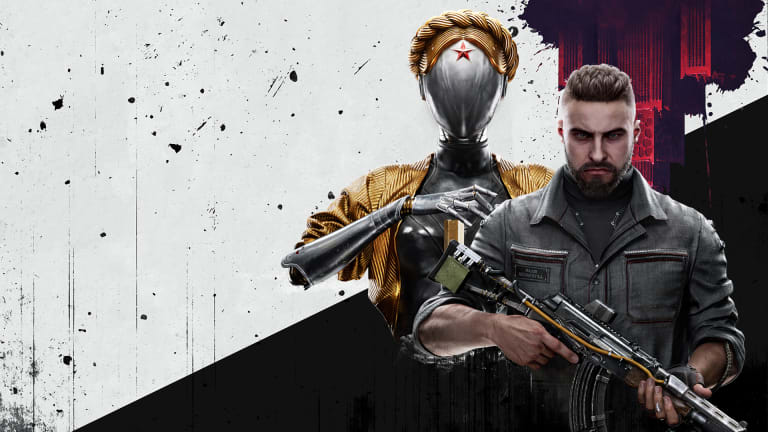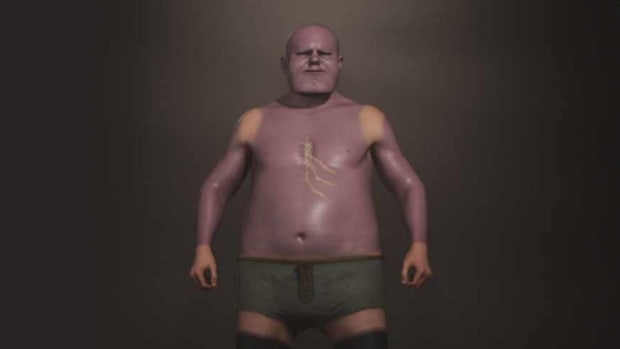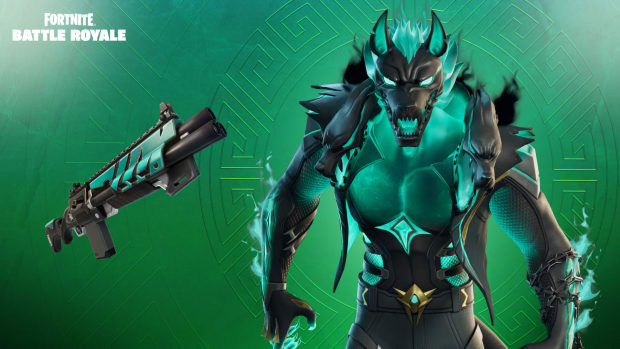
Atomic Heart needs to open up and learn what's good for it

Atomic Heart is a game that can’t quite shake off the identity of what came before it. It’s not ashamed to wear its influences on its sleeve, and once it gets going, the Fallout vibes shine through. Even the basic premise is similar: it’s an open-world first-person RPG set in an apocalyptic world with an alternate history that diverts from the real world around World War 2.
Making alterations to what came before can be a good way to make something that feels fresh, and Atomic Heart has some key differences. Firstly, the apocalypse in question is a robot uprising rather than a nuclear war, meaning we can have lots of lively green vistas in the world rather than an overabundance of brown. Secondly, this alternate future is based on the Soviet Union coming out with a crushing victory in World War 2, which allows for a nice satirical edge.
The world we’ve seen so far is open and bright, but quietly infested with robotic life hunting and killing any human it can see. There are security cameras almost everywhere in built-up areas that will swarm your location with robots if you get spotted, giving the world an oppressive feeling despite the colorful and sunny vibe.
The problem is that I was constantly being pulled away from this interesting world, and shoved into cramped interior areas for almost every activity or mission. You have to go through quite a gauntlet before getting to the open world in the first place, and I didn’t want to leave it to go underground again so quickly.
On top of that, cramped and enclosed spaces aren’t great for combat. You have two options in a fight, keep your distance and pump the robots full of bullets, or get close enough to bury an axe in their head. Both systems are designed in such a way that requires a lot of space, which it often doesn’t give you.
This is because your dodge function shoots you suddenly in a chosen direction. It’s a crucial move because the robots can be vicious when they charge at you. It feels great when you evade an attack with perfect timing, but with a first-person perspective, you’ll often find yourself backed into a corner without realizing it.
Once you’re in a corner you may as well lay down your arms and wait for death because it’s very hard to recover from such a position, especially if more than one robot is attacking you. This is where abilities can come in handy, as you can set yourself up with a shock move or shield that staggers enemies, but they have such slow recharge timers that they aren’t reliable tools when you’re in a pinch.
It makes the combat system as a whole feel a little off. When it goes well, it really shines, but the level design is so often at odds with it, which leads to frustration.
That said, occasionally the main path will give you something really cool. Case in point, the boss battles are exactly what this combat system was made for. You get a wide open space to face off against some robotic monstrosity and making use of all your abilities is really satisfying in these scenarios.
The highlight of my time was a fight in a massive arena against a robotic ball that frantically charged everywhere. I had plenty of room to dodge, clear windows to strike, and even a slightly hidden mechanic in the arena that makes the fight easier. Moments like that give a proper feeling of mastery that’s really satisfying – even if it was only early-game stuff.
It’s very clear what Atomic Heart is and isn’t good at, so the reception of the final product will entirely depend on which way it leans later on. The open world is a fun and challenging place to explore – it should capitalize on that as much as it can, rather than forcing me down rabbit holes for every task.






